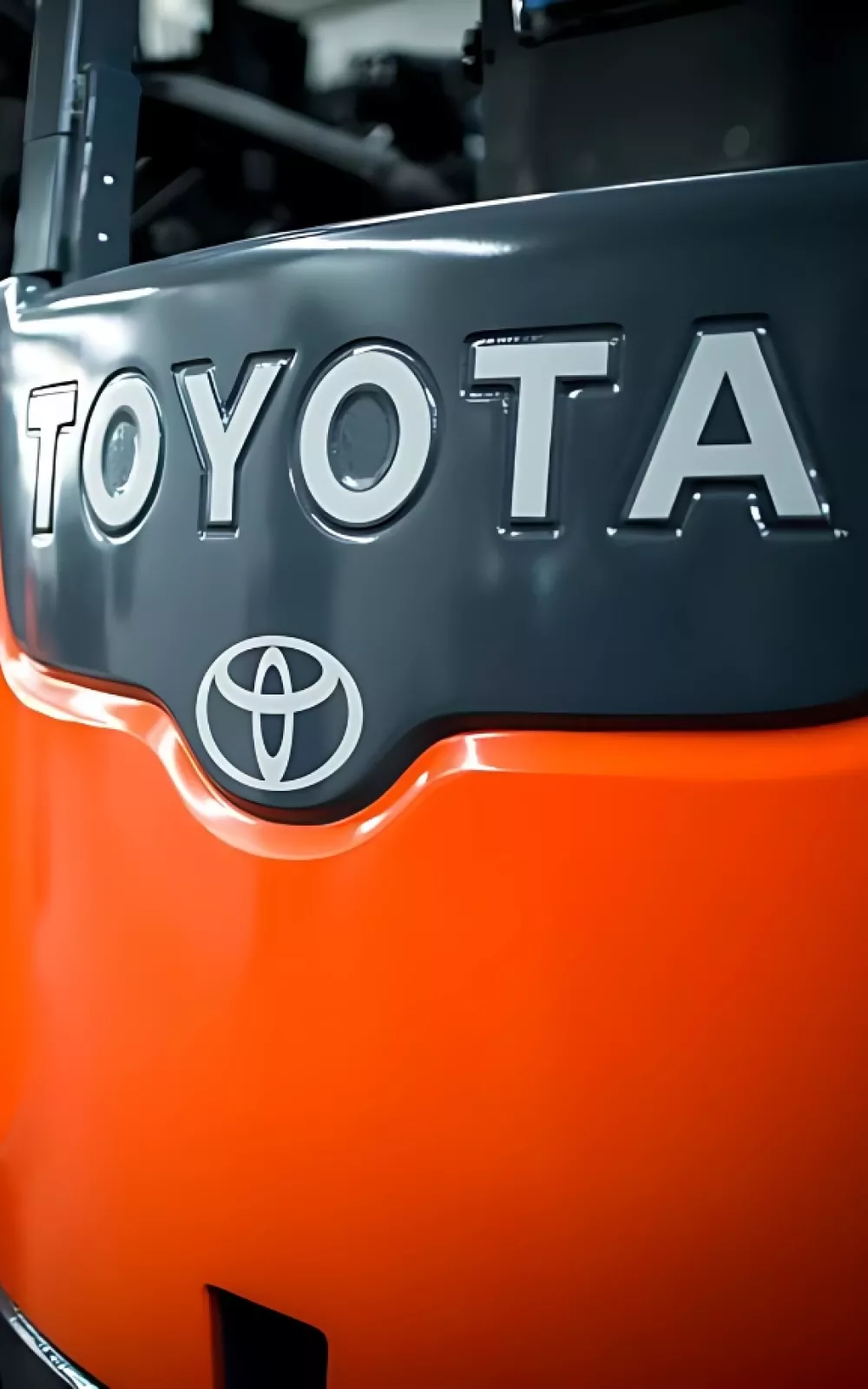Rent
ProLift offers daily, weekly, and monthly rentals. Find the right equipment for maximum productivity and safety.
ProLift offers daily, weekly, and monthly rentals. Find the right equipment for maximum productivity and safety.
Used forklifts with warranties and a 30-day exchange guarantee, plus as is and wholesale equipment options.
Explore leasing, ownership, and rental purchase options for equipment and other warehouse solutions.
Reimagine your warehouse and increase your storage capacity! CAD drawings included.
Reimagine your warehouse and increase your storage capacity! Submit your request for quote and a warehouse solutions consultant will reach out to schedule a site visit.
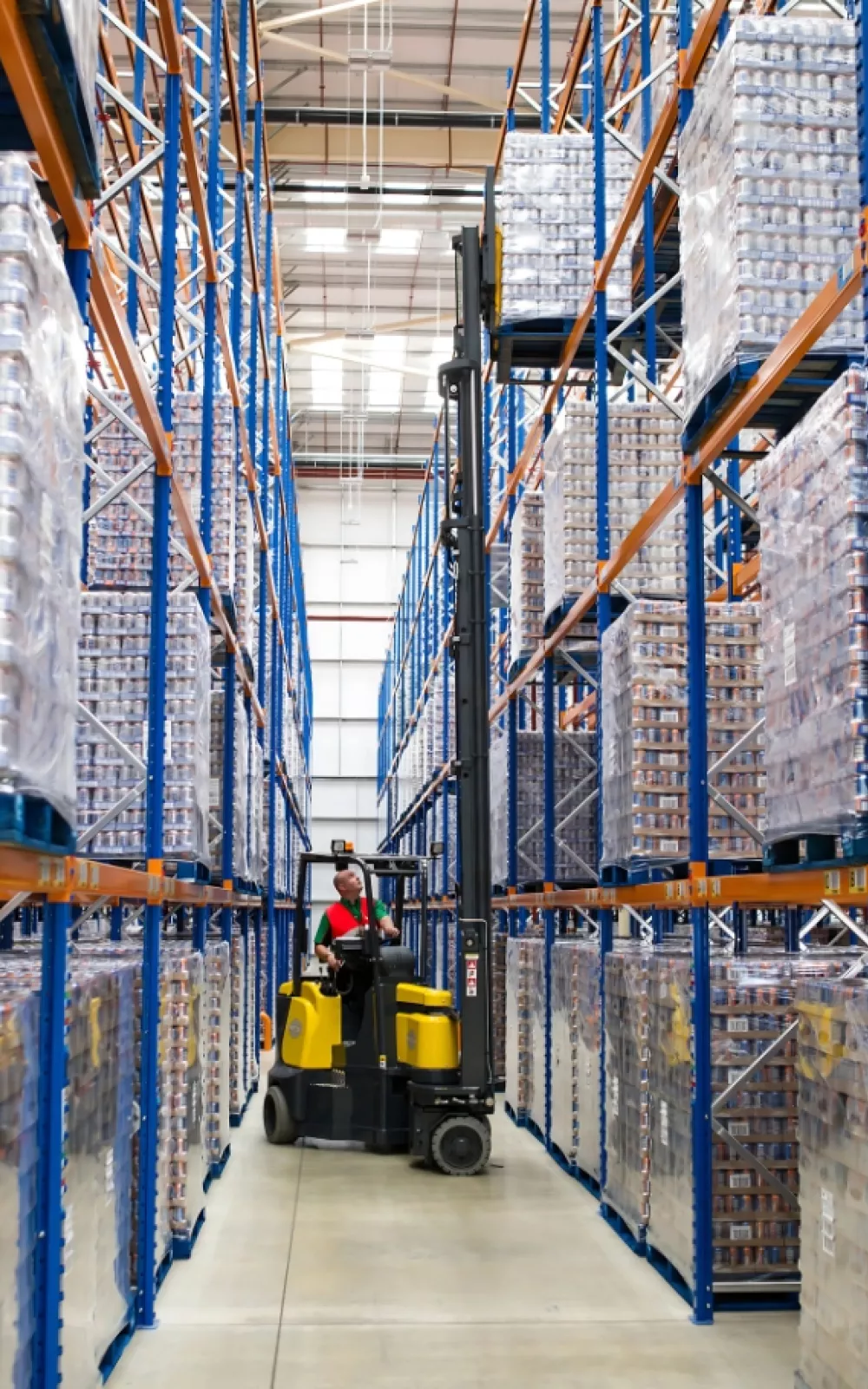
Minimize downtime when you schedule our mobile tire truck for on-site tire pressing.
Minimize downtime when you schedule our mobile tire truck for on-site tire pressing. Our parts team will reach out soon!

Keep your equipment on a maintenance schedule to stay ahead of needed parts and service.
ProLift offers four maintenance programs to fit your productivity and budget. Schedule a site survey and quote with a sales consultant.
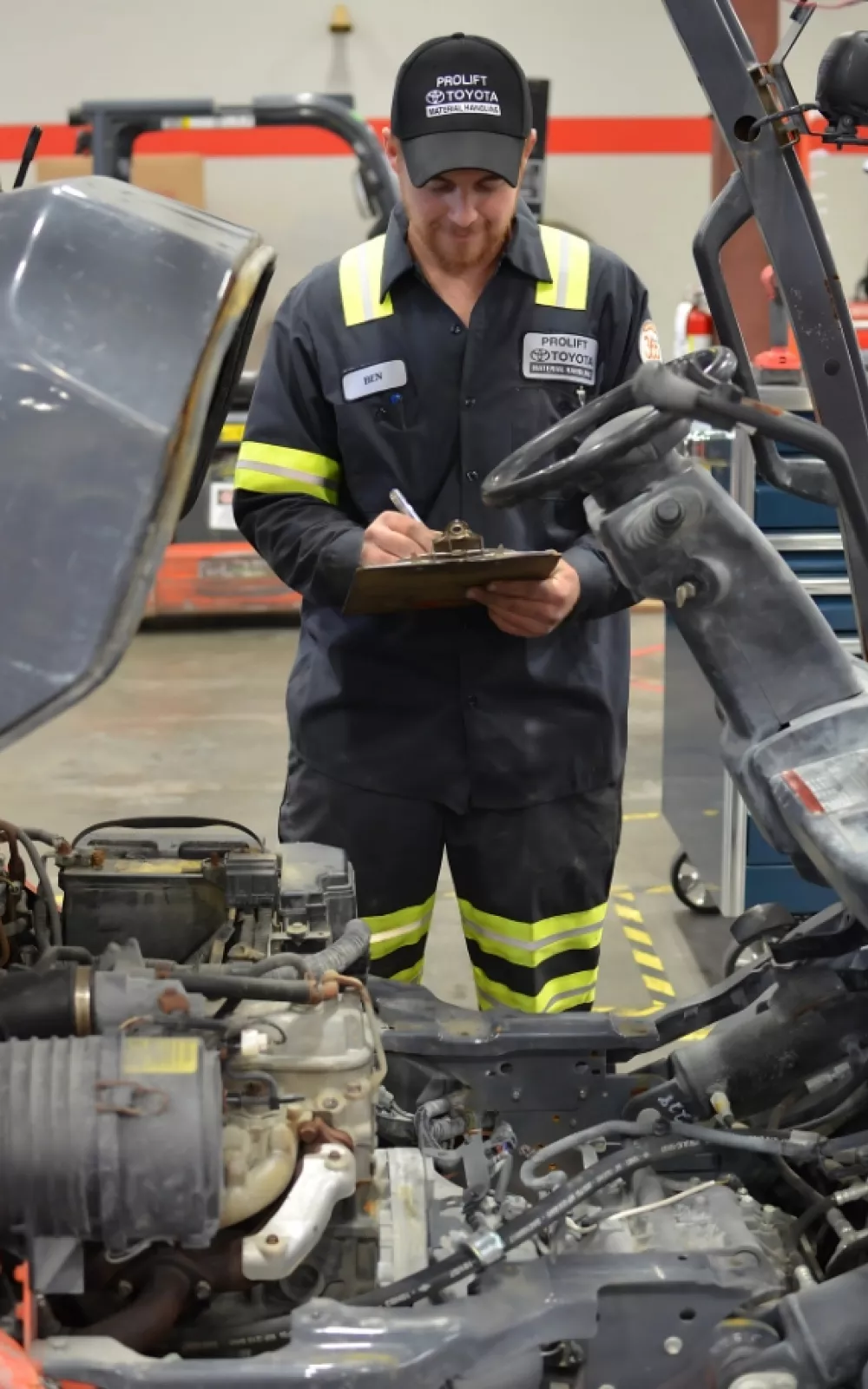
Let us know how we can assist you! A ProLift specialist will connect with you to help with your material handling needs.
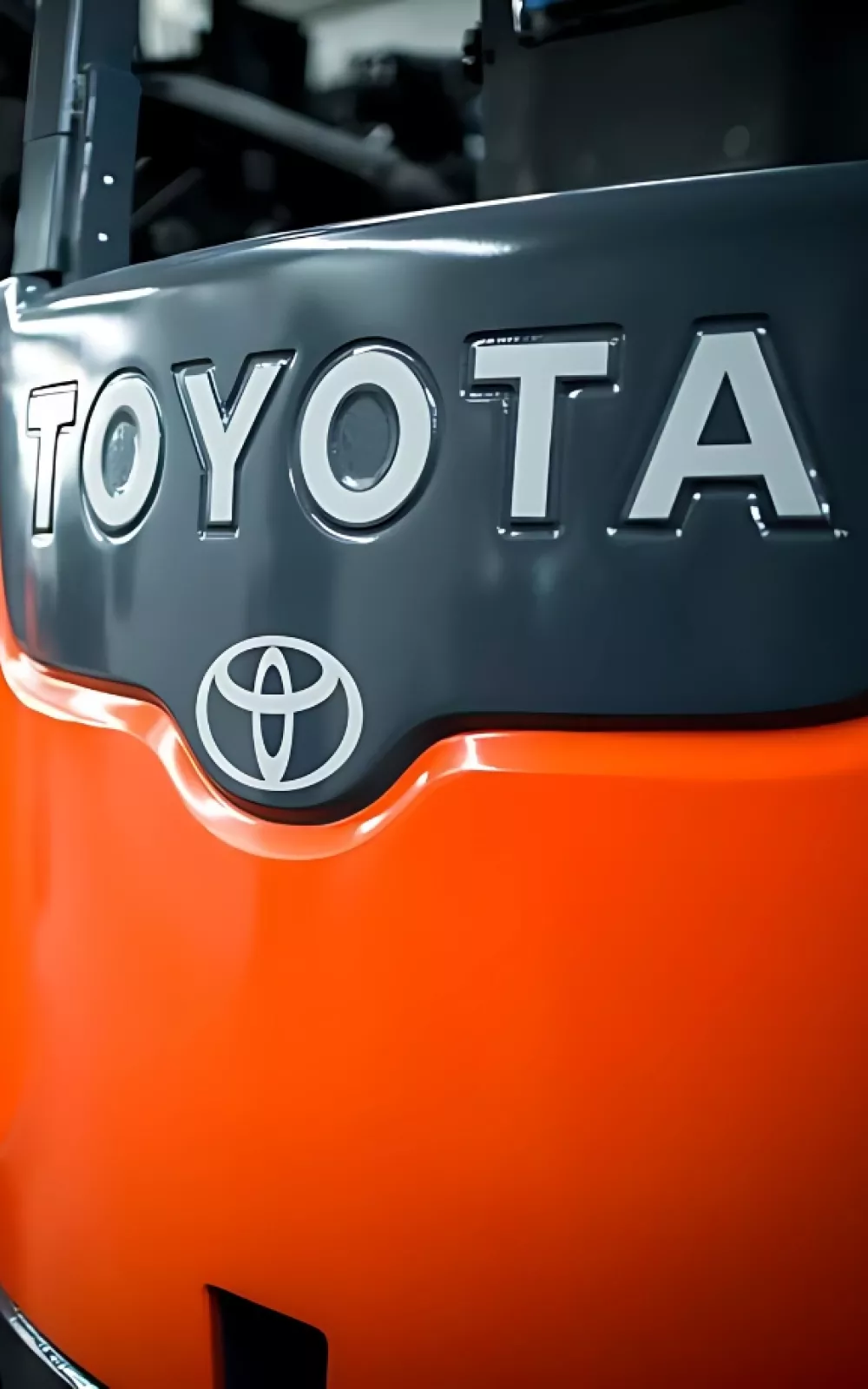
Let us know how we can assist you! A ProLift specialist will connect with you to help with your material handling needs.

Ensure your aerial lift personal protective equipment (PPE) is up to standard by learning the key steps for proper inspection. Protect your team from potential hazards by understanding the importance of regular checks and the specific PPE needed for aerial lift safety.

If your company uses aerial work platforms, you know it can be a challenge to enforce the proper safety practices. Couple this with a low level of understanding how to inspect the aerial lift personal protective equipment (PPE) and you now have the potential of safety violations or a serious accident at your facility.
Training operators to inspect their PPE before every use may prevent a fatal accident. Review of the PPE should include an inspection of the belt and body harness as well as the lanyard.
If you find any of these conditions during the aerial lift PPE inspection, do not use the equipment:
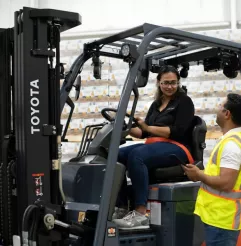
Continue promoting safety at your facility with our comprehensive safety training classes. ProLift offers training for both operators and trainers. Contact our safety specialist to schedule your team.
To learn more about aerial lift personal protective equipment, view these additional resources:
Statement of Best Practices of Personal Fall Protection Systems for Aerial Work Platform Equipment
OSHA Regulations
1926.451
1926.452
1926.453
ANSI
Contact ProLift's safety specialist to schedule training at your facility.
As a full-service material handling dealer, ProLift can help you with questions and solutions for your equipment, service, parts and more. Tell us how we can help.

Let us know how we can assist you! A ProLift specialist will connect with you to help with your material handling needs.
